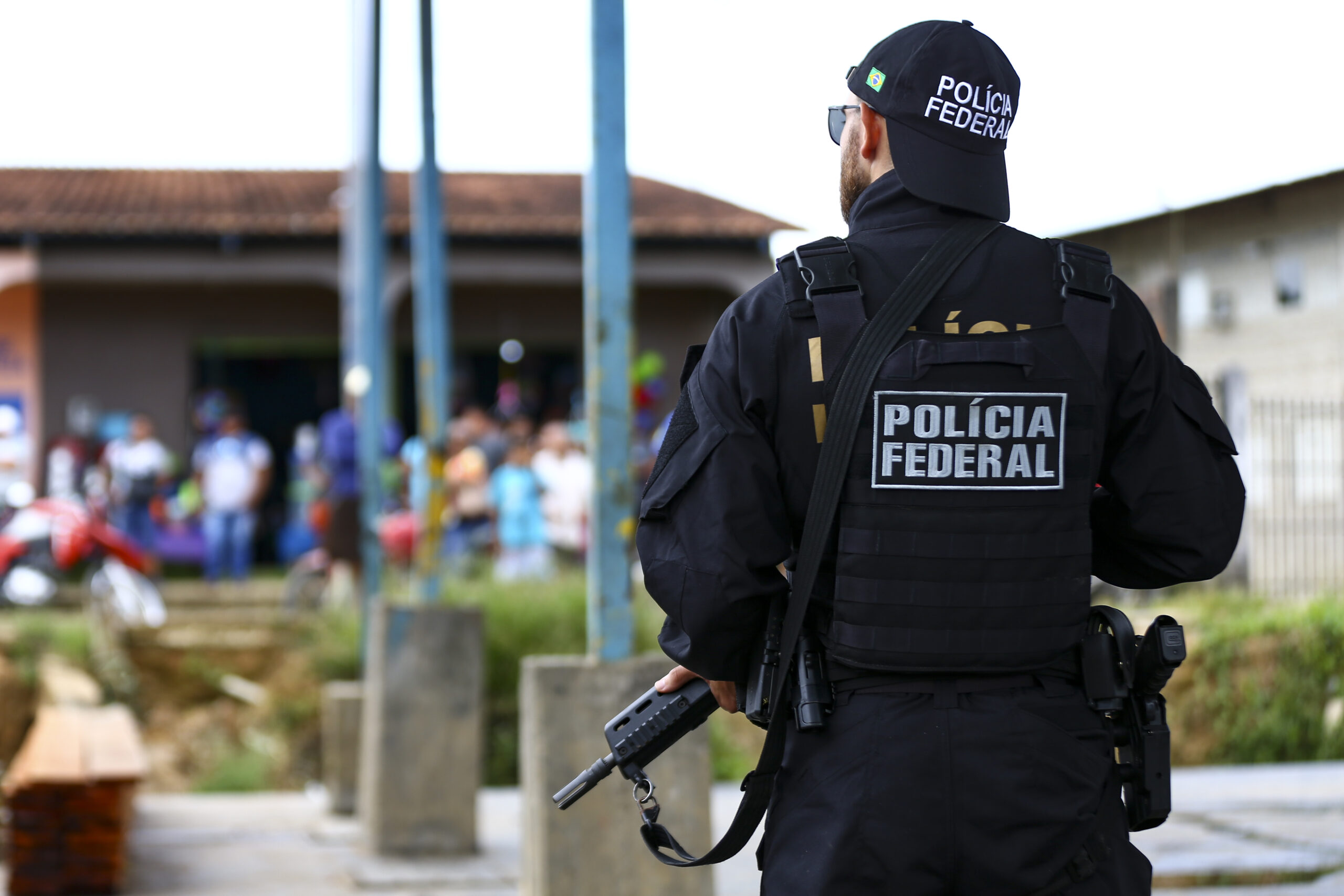São Paulo, Brazil – A new report from the Brazilian Forum on Public Security, a nongovernmental organization comprised of researchers and experts, has shed light on the alarming growth of organized crime in Brazil’s Amazon region.
The study, released Wednesday, marks the third edition of the group’s examination of violence in the Amazon, focusing on the so-called “Legal Amazon,” which spans nine states in northern and northeastern Brazil.
The findings reveal a significant expansion of criminal organizations originating largely from São Paulo and Rio de Janeiro. Of the 772 municipalities in the region, 260 are now plagued by violence linked to 19 different criminal factions—a 46% increase in just one year. Among these municipalities, 130 are dominated by the Comando Vermelho (Red Command), a Rio de Janeiro-based gang established in the late 1970s.
Meanwhile, the Primeiro Comando da Capital (First Capital Command), the Comando Vermelho’s primary rival and a faction founded in São Paulo in 1993, controls 28 cities in the Amazon. Additionally, 85 municipalities are caught in the crossfire of two or more factions vying for dominance. The data, collected between January and September this year, highlights the deepening reach of organized crime in the region.
A strategic hub for trafficking
Experts attribute the rise of organized crime in the Amazon to its role as a key transit corridor for drugs produced in neighboring countries like Colombia, Bolivia, and Peru. The struggle to control these routes has fueled violent clashes among criminal groups, which engage not only in drug trafficking but also in cargo theft, illegal land grabbing, and gold mining—often encroaching on protected Indigenous territories.
“On one hand, the violence stems from the exploitation of forest ‘commodities’ like timber, gold, and other minerals, as well as fish and wildlife,” the study states. “While these are not inherently illegal, their extraction often violates environmental laws, occurring in conservation units, rural settlements, and Indigenous lands to support illegal mining and deforestation. On the other hand, territorial disputes among crime groups tied to drug trafficking amplify the violence, as they fight over transit routes for smuggling drugs and weapons from neighboring countries or retail markets in Brazilian citie“, says an excerpt from the report.

(Fabio Rodrigues-Pozzebom / Agência Brasil)
The Amazon’s role as a drug trafficking corridor is evident in data showing a sharp rise in narcotics seizures by security forces in the region. Between 2019 and 2023, cocaine confiscations surged by 386.4%, totaling just over 110 metric tons during the period, according to the Brazilian Forum on Public Security report. Marijuana seizures have also climbed steadily, increasing by 123.1% over the same timeframe, with 199 metric tons intercepted.
Geographic challenges
The report also highlights a troubling rate of violent deaths in the Amazon. Intentional homicide rates in the region stand at 32.3 per 100,000 residents. While this represents a 6.2% decline compared to 2021–2023, it remains 41.5% above the national average, underscoring the daunting task facing public authorities to restore order in a region defined by its vast, hard-to-reach terrain.
Many communities on the fringes of the Amazon rainforest are accessible only after long journeys by boat, a factor that experts believe has enabled criminal groups to entrench themselves.
Despite recent efforts by law enforcement to curb the violence, the report makes clear that much remains to be done to secure the region and reclaim it from the grip of organized crime.











